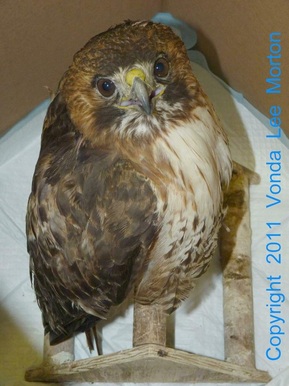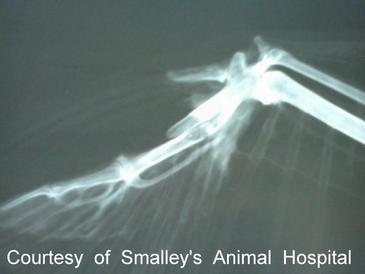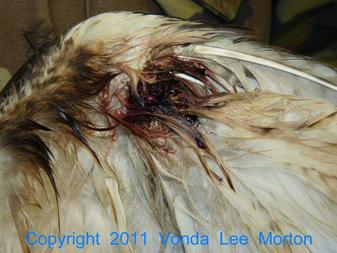

I’ve also had several calls, ranging from bats to possums, that didn’t result in intakes. While the “downtime” has been nice, I’m cringing every time the phone rings, expecting the next call to signal the official beginning of baby season 2011—and as slow as things have been thus far, I’m afraid there will be a deluge, not a trickle!



 RSS Feed
RSS Feed
